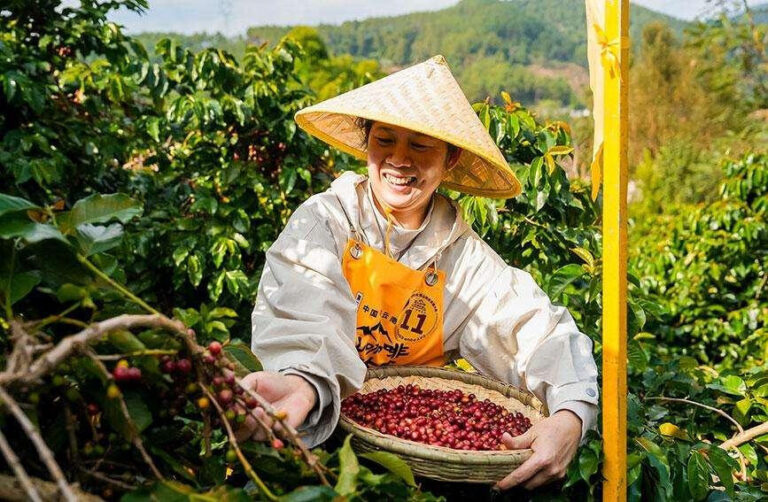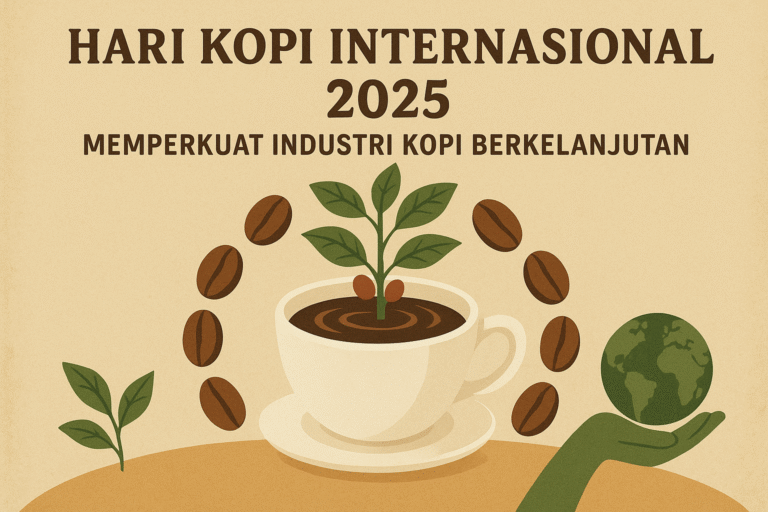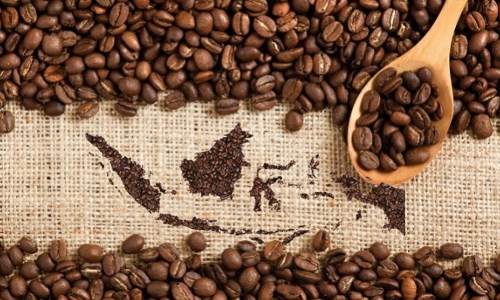As one of the largest coffee producing countries in the world, Indonesia is known for its diversity of unique and high-quality coffee types. Thanks to its tropical climate, fertile volcanic soil, and varying altitudes, each region in Indonesia is able to produce coffee with distinctive flavor characteristics that are in demand by the global market.
Here are seven types of coffee from Indonesia that are most sought after internationally:
1. Arabica Coffee
Arabica coffee is the most popular type globally. Its flavor is known to be more complex, has a balanced acidity, and a distinctive floral or fruity aroma. Some of the best arabica coffee producing regions in Indonesia include Gayo (Aceh), Kintamani (Bali), Toraja (Sulawesi), and Flores Bajawa (NTT). Indonesian arabica coffee is widely exported to the European, Japanese, and North American markets.

2. Robusta Coffee
Robusta coffee has a more bitter taste and higher caffeine content than arabica, so it is often used for espresso and instant coffee. Lampung, Bengkulu, and East Java are Indonesia’s main robusta producing regions. Its strength lies in its thick body and bold flavor that suits the tastes of the European and Southeast Asian markets.

3. Liberica Coffee
Although not produced as much as arabica and robusta, liberica coffee still has its own market. Known for its woody aroma and exotic fruit flavor, this coffee is widely cultivated in Jambi and South Sumatra, and exported to neighboring countries such as Malaysia and the Philippines.

4. Excelsa Coffee
Still in the same family as liberica, excelsa coffee has a fresh taste and light fruity aroma. Often used to add flavor complexity in blending, this coffee is widely grown in Sulawesi and Sumatra.

5. Gayo Coffee
Located in the highlands of Aceh, Gayo coffee is Indonesia’s flagship arabica variety with a floral aroma, light body, and balanced flavor. This coffee has also received geographical indication certification, signifying its quality and authenticity. Demand for Gayo coffee is high, especially from the American and European markets.

6. Kintamani Coffee
Grown in the highland region of Bali, Kintamani coffee is known for its fresh fruity flavor and high acidity. Its distinctive citrus aroma makes it unique among other Indonesian coffees. Due to its organic growing methods, Kintamani is widely exported to premium markets such as Australia and the United States.

7. Toraja and Flores Bajawa Coffee
– Toraja coffee originates from South Sulawesi and is famous for its earthy flavor, spice aftertaste, and medium to heavy body. Known as a “complex” coffee, Toraja coffee is in high demand by the Japanese and European markets.
– Flores Bajawa coffee, originating from East Nusa Tenggara, offers a combination of delicate floral and chocolate flavors. This coffee also has bright export prospects, especially to Europe.
🌿 Additional Varieties: Arabusta and Typica
In addition to the seven main varieties, Indonesia also has the Arabusta variety (a cross between arabica and robusta) grown in Jember and Bondowoso, and Typica, a classic arabica variety still found in Aceh and Sulawesi. Both varieties have their own appeal to international buyers who demand unique and exclusive flavors.
Export Potential and Marketing Strategy
Global market interest in Indonesian coffee continues to increase in line with the trend of specialty and sustainable coffee consumption. Countries such as Japan, the United States, Australia, and several countries in Europe are the main export targets.
In order to compete, business actors need to:
- Maintain consistent quality through good cultivation and post-harvest processes.
- Obtain certifications such as organic, fair trade, and geographical indication to add value.
- Elevate the story behind each coffee, about the farmer, the region, and the unique flavor as part of the branding strategy.
With its rich varieties and unique flavors, Indonesian coffee is highly competitive in the global market. Through quality improvement, certification, and proper promotion, coffee from the archipelago can not only maintain its existence, but also expand its export reach to the world.





